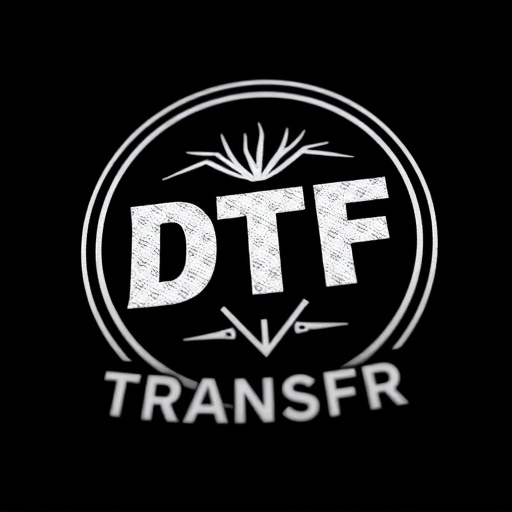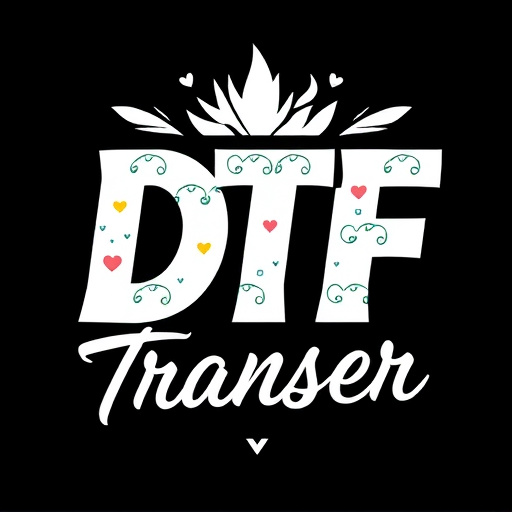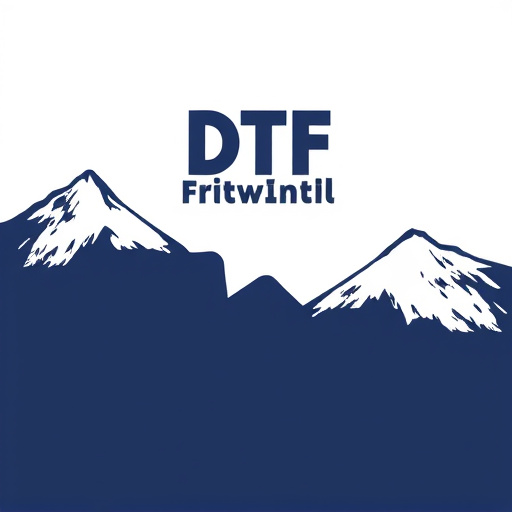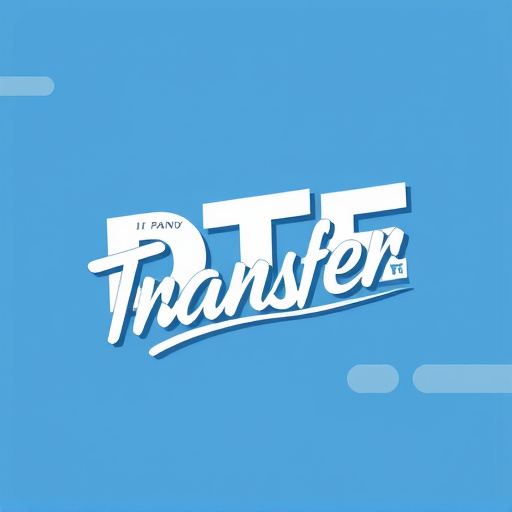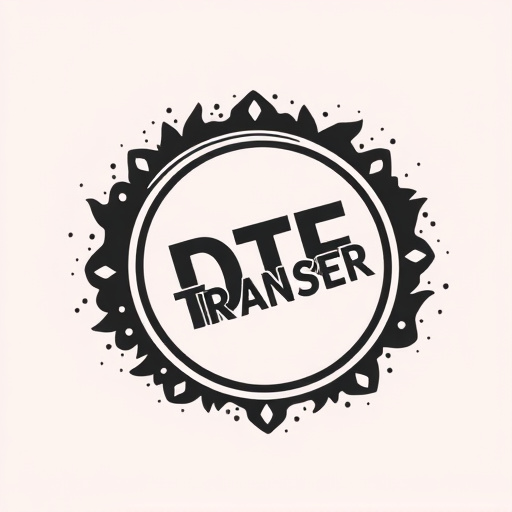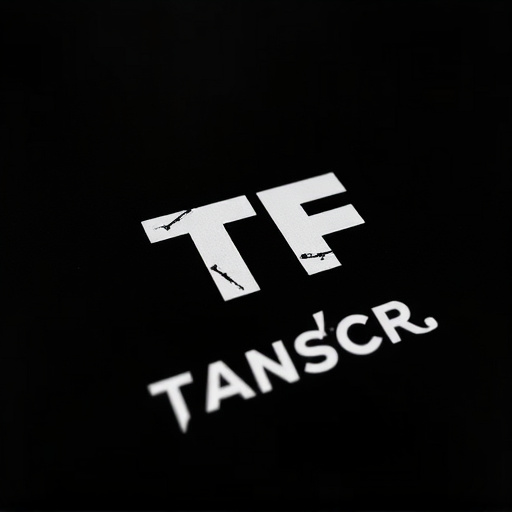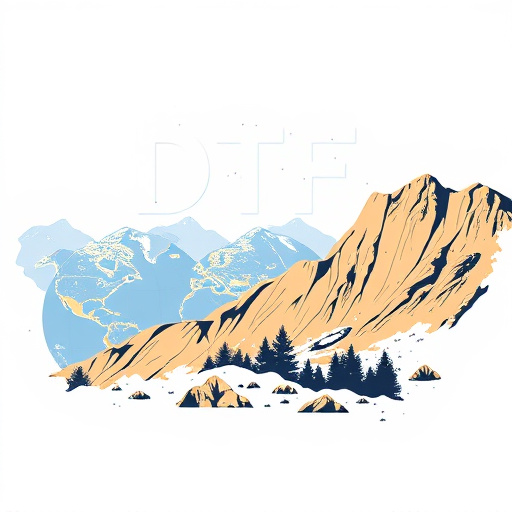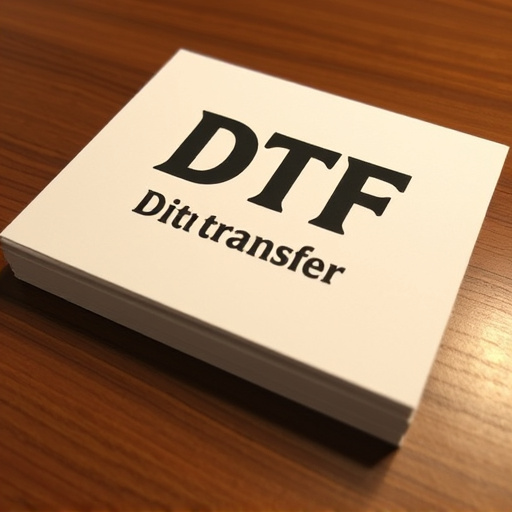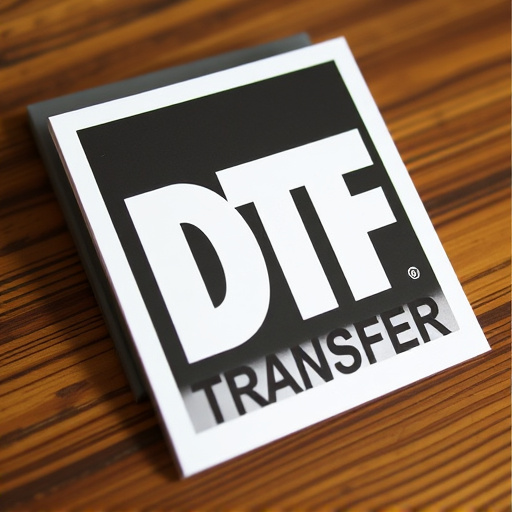Direct-to-Film (DTF) transfer is a cutting-edge printing method offering fast, high-quality results for diverse applications. Its efficiency, with quick turnaround times and real-time tracking, benefits businesses and individuals. Choosing the right DTF service involves evaluating print quality, provider expertise, turnaround time, reliability, and cost-effectiveness. Advanced technology and digital customization ensure precise, vibrant DTF prints free from flaws. Preparing files optimally (high resolution, compatible formats) expedites production. Case studies show DTF's transformative power in apparel and print-on-demand industries, revolutionizing order fulfillment and customer experiences. Expect further advancements, promising even faster and more efficient DTF printing processes.
In today’s fast-paced world, quick delivery options are paramount for businesses leveraging Direct-to-Film (DTF) transfer technology. This innovative process allows for precise printing on various materials, from signage to packaging, with minimal setup time. Understanding the benefits of rapid DTF delivery can significantly enhance production efficiency and customer satisfaction. This article explores key aspects, from the fundamentals of DTF transfer to best practices and successful implementations, empowering businesses to make informed choices in enhancing their print services.
- Understanding Direct-to-Film (DTF) Transfer: A Brief Overview
- Benefits of Quick Delivery for DTF Transfer Orders
- Key Factors to Consider When Choosing a DTF Print Service
- Technologies and Materials Used in DTF Printing
- Best Practices for Preparing Files for DTF Transfer
- Case Studies: Successful Implementations of Rapid DTF Delivery
Understanding Direct-to-Film (DTF) Transfer: A Brief Overview
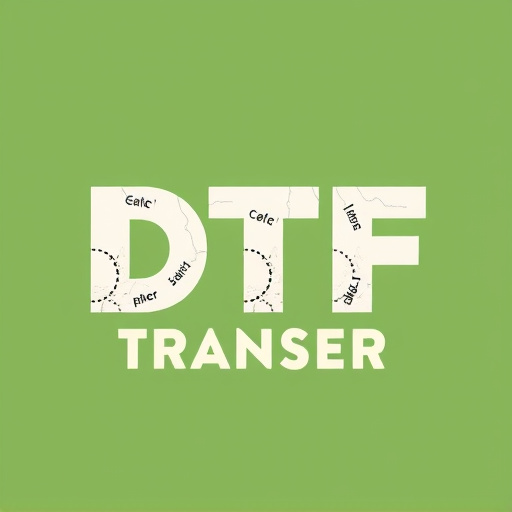
Direct-to-Film (DTF) transfer is a cutting-edge printing technique that revolutionizes the way we create and deliver visual content. This innovative process allows for high-quality prints to be applied directly onto various film surfaces, offering a unique and efficient solution for numerous industries. By bypassing traditional printing methods, DTF enables faster production times and opens up creative possibilities, especially in the realm of custom designs and on-demand orders.
The process involves specialized printers that use UV or LED lights to cure the ink as it is applied to the film, resulting in vibrant and durable DTF prints. This technology has gained traction due to its versatility; it can be utilized for a wide array of applications, from signage and murals to promotional items and even wearable merchandise. Quick delivery options further enhance the appeal of DTF transfer, ensuring that businesses and individuals can receive their custom orders swiftly, making it an ideal choice for those seeking time-efficient, high-quality printing solutions.
Benefits of Quick Delivery for DTF Transfer Orders
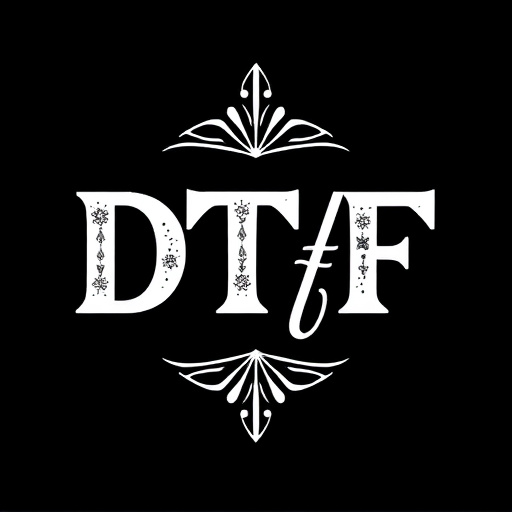
Quick delivery options for direct-to-film (DTF) transfer orders offer numerous advantages for businesses and individuals looking to expedite their printing processes. One of the key benefits is efficiency; faster turnaround times mean that clients receive their DTF prints sooner, reducing wait periods and enabling quicker decision-making. This is particularly valuable in time-sensitive projects or when there’s a need for prompt updates or revisions.
Additionally, rapid delivery services enhance productivity by streamlining workflow. They allow businesses to manage orders more effectively, ensuring that printing tasks don’t pile up and causing potential delays. Moreover, clients can maintain control over their projects with real-time tracking, giving them peace of mind and the ability to communicate any changes or adjustments required during production.
Key Factors to Consider When Choosing a DTF Print Service
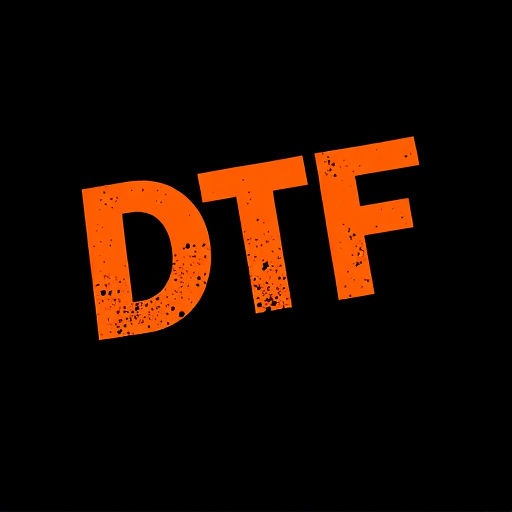
When selecting a Direct-to-Film (DTF) print service for your transfer orders, several key factors come into play. Firstly, consider the quality of prints offered by the provider; ensure they meet your standards and can deliver sharp, vibrant DTF transfers that accurately represent the original design. The expertise and experience of the service are also vital; a professional with in-depth knowledge of DTF printing techniques will be able to guide you on material choices, printing methods, and finish options.
Additionally, turnaround time is crucial for quick delivery. Efficient DTF print services prioritize speed without compromising quality, ensuring your orders are processed promptly. Reliability and communication are other significant aspects; a reputable service will keep you informed throughout the process, providing transparency and peace of mind. Lastly, cost-effectiveness should be considered, especially for bulk orders, as competitive pricing can significantly impact overall expenses.
Technologies and Materials Used in DTF Printing
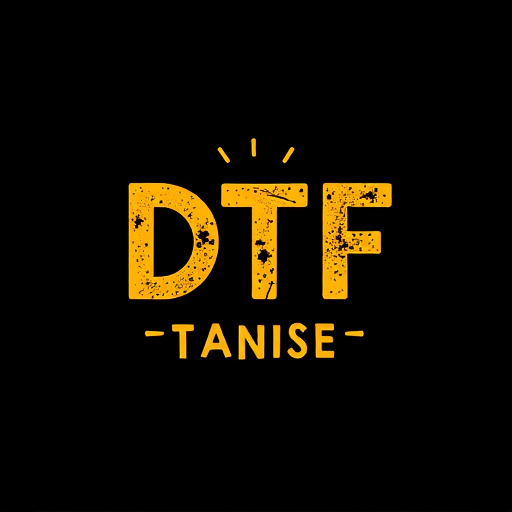
Direct-to-film (DTF) printing has evolved significantly over the years, offering quick and efficient delivery options for orders. At the heart of this process lies advanced technology and specialized materials that enable precise and high-quality prints directly onto various substrates, such as plastic, glass, metal, and more. The DTF transfer process involves several key components:
Innovative printers utilize UV curable inks and precise laser etching to create intricate patterns and designs. These inks, when exposed to specific wavelengths of light, cure instantly, forming durable and vibrant prints. The precision of the printing mechanism ensures that the final DTF prints are free from smudges or imperfections, delivering crisp and detailed images. Furthermore, the integration of digital technology allows for seamless customization, enabling printers to cater to diverse customer needs with tailored DTF transfer solutions.
Best Practices for Preparing Files for DTF Transfer
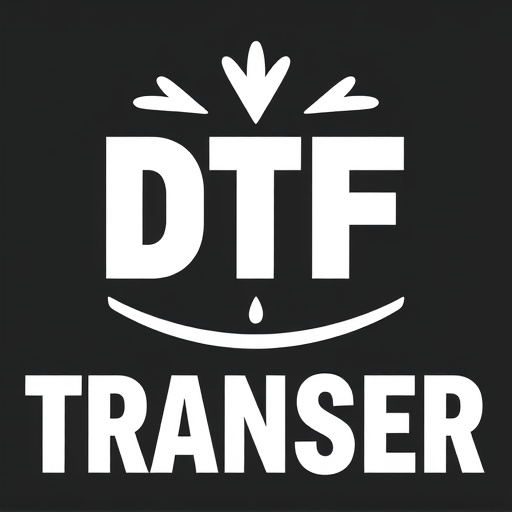
When preparing files for a Direct-to-Film (DTF) transfer, adhering to best practices ensures optimal results and faster turnaround times. Start by ensuring your designs are in high resolution, typically 300 DPI or higher, to maintain sharp details on the final prints. Save your files in compatible formats such as PDF, AI, or EPS, as these allow for precise cutting and positioning during the DTF process.
Additionally, check that all elements, including text, images, and graphics, are embedded within the file and not linked or rasterized. Omit any unnecessary backgrounds or transparent areas that might confuse the printing system. Correct color profiles and mode settings (CMYK for DTF printing) are crucial to avoid color discrepancies. Finally, organize your files efficiently, ensuring each design has a clear identifier, making the production process seamless and expediting delivery of your DTF prints.
Case Studies: Successful Implementations of Rapid DTF Delivery
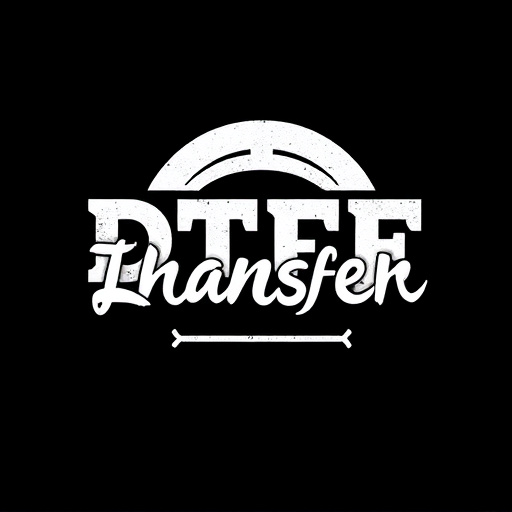
In recent years, the direct-to-film (DTF) transfer process has seen significant advancements in speed and efficiency, with numerous businesses successfully implementing rapid DTF delivery systems. These case studies highlight the benefits of optimized DTF printing technologies, demonstrating their potential to revolutionize order fulfillment. For instance, leading apparel brands have adopted rapid DTF methods, enabling them to deliver custom, on-demand clothing within a matter of days. This not only shortens production timelines but also ensures an enhanced customer experience through faster turnaround times.
Another successful implementation can be seen in the print-on-demand industry, where DTF transfers have enabled small businesses and entrepreneurs to offer personalized products with minimal lead times. These case studies prove that rapid DTF delivery is a game-changer for various sectors, fostering innovation and adaptability in meeting modern consumer demands. As technology continues to evolve, we can expect even faster and more efficient DTF printing processes, further streamlining production and distribution channels.




